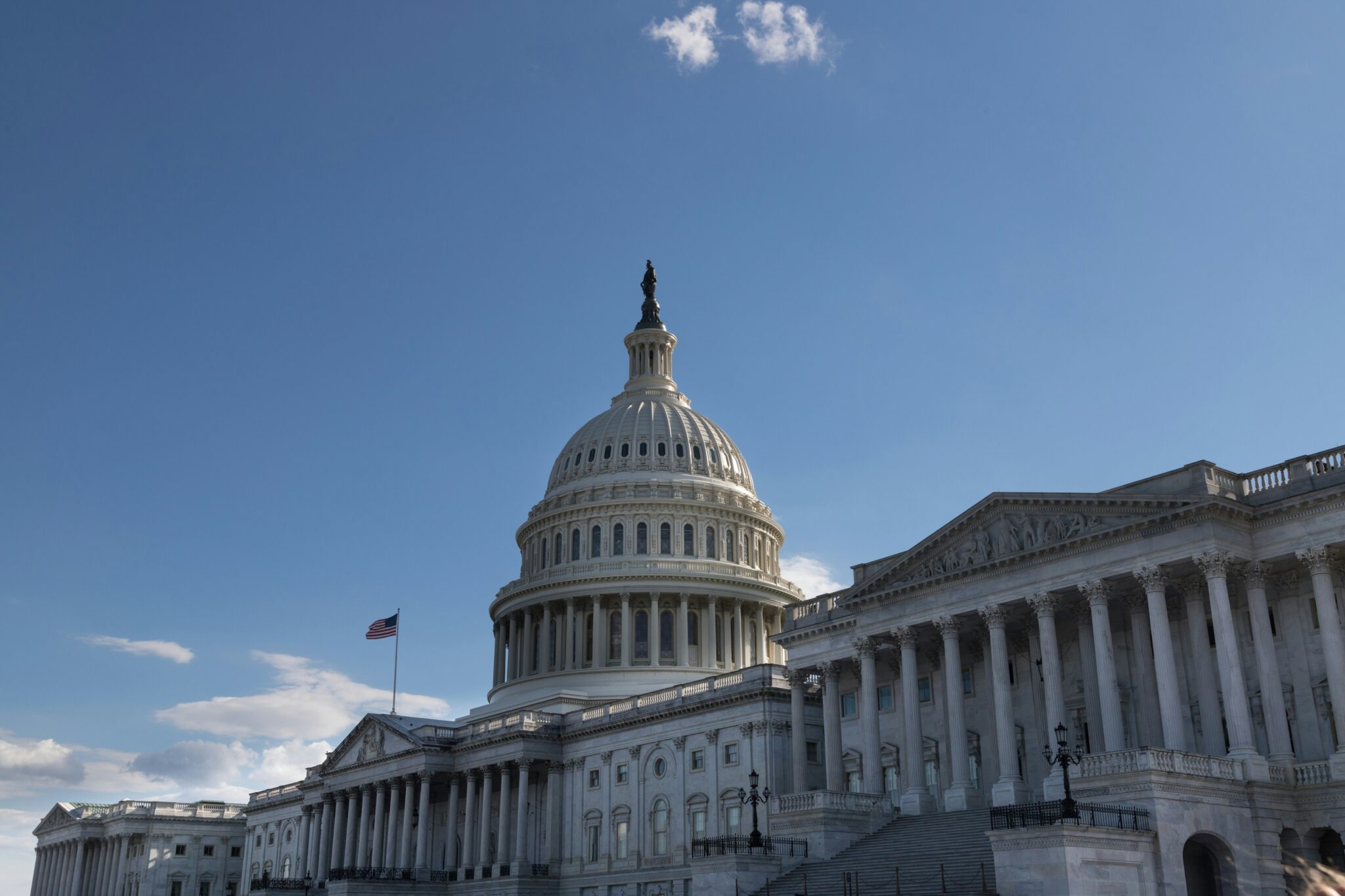In recent months, the Department of the Interior (DOI) reduced how much one company has to pay taxpayers for producing coal from two mines on federal land. By agreeing to cut the royalty rate for leases to the two mines, DOI reduced revenue to taxpayers by millions of dollars. There are more than 20 additional royalty relief requests pending for federal coal leases which, if granted, could cost taxpayers significantly more.
In May, the Bureau of Land Management within DOI granted royalty relief requests made by Arch Resources, Inc. for its West Elk mine in Colorado, and its Coal Creek mine in Wyoming. Reducing Arch’s royalty rate down to 5% on West Elk coal through February 2023, and to 2% on Coal Creek coal through 2022 was predicated on Arch’s claim that it couldn’t run its operations successfully otherwise. Yet Arch, one of the nation’s largest coal producers, reported large profits in the second quarter of 2021 driven by improved results from its thermal coal mines, which include West Elk and Coal Creek. The company’s reporting to investors undermines both the claims it made to the Bureau, and the Bureau’s decision to grant the relief.
The revenue hit from royalty relief could grow depending on what the Bureau decides to do with the requests – at least 27 others – that are still pending. Together, these leases govern coal production at 10 mines in Colorado, Montana, North Dakota, and Wyoming, including some of the country’s largest. In fact, some of the same mines the Bureau denied relief for last summer turned around and reapplied for relief under a different category. The 10 mines collectively produced 105 million tons of coal in 2020, approximately 20 percent of all U.S. coal. Granting royalty rate cuts to the mines would not only deprive taxpayers of a fair return on publicly- owned coal, it would also provide market-distorting subsidies to a large portion of the U.S. coal industry.
The mines with pending royalty relief requests include:
| State | Mine Name | 2020 Production (tons) |
| CO | Deserado | 1,885,034 |
| CO | King II | 592,669 |
| CO | Colowyo | 1,741,368 |
| MT | Bull Mountain | 6,022,919 |
| MT | Decker | 3,212,932 |
| ND | Coyote Creek | 1,980,470 |
| WY | Caballo | 11,626,318 |
| WY | Rawhide | 9,494,090 |
| WY | Black Butte | 2,216,235 |
| WY | North Antelope Rochelle | 66,111,840 |
| Total | 104,883,875 |
Background on Coal Royalty Relief
In exchange for the right to explore for, extract, and sell taxpayer-owned coal from federal lands, private companies are required to pay a set percentage of coal sales to DOI. This percentage, or royalty rate, is typically set at 12.5 percent for surface mines on federal land and 8 percent for underground mines. But coal companies can request temporary, reduced rates under five categories of relief. If granted, the royalty relief reduces taxpayer receipts, half of which would otherwise be shared with the state where the mines are located.
Issuing royalty relief for coal operations is not new and has been going on since at least 1946, when Congress amended the Mineral Leasing Act and gave the Secretary of the Interior express authority to reduce lease terms. Between 1990 and 2010, roughly 200 requests for royalty relief were filed by federal coal lessees, about nine each year. In 2014, the Bureau issued an Instruction Memorandum specifying how relief requests should be evaluated. From 2015 to 2019, coal companies submitted eight requests per year, on average. In 2020, BLM received 58 requests for royalty relief. The surge is at least partly due to the BLM’s invitation to submit requests under the guise of COVID-19 related economic relief.
The Trump Administration approved three highly questionable royalty relief requests at the 11th hour. In mid-January 2021, the Bureau approved a handful of unusual royalty reduction requests for three mines in Utah. The Sufco mine produces more coal than any other in Utah. When requesting royalty relief, Sufco’s owner claimed the mine could not be operated successfully otherwise. The Bureau granted the request and lowered the royalty rate to just 2% for two years, even though Sufco produced more coal in 2020 than it had in 2019, when no request was made. The same company, Canyon Fuel Co., also requested relief for its Skyline mine, the second biggest in Utah. The Bureau initially granted the request to cut the royalty rate on Skyline’s coal from 8% down to 5% in July 2020, then turned around in January 2021 and approved a 2% rate instead in line with the Sufco relief.










